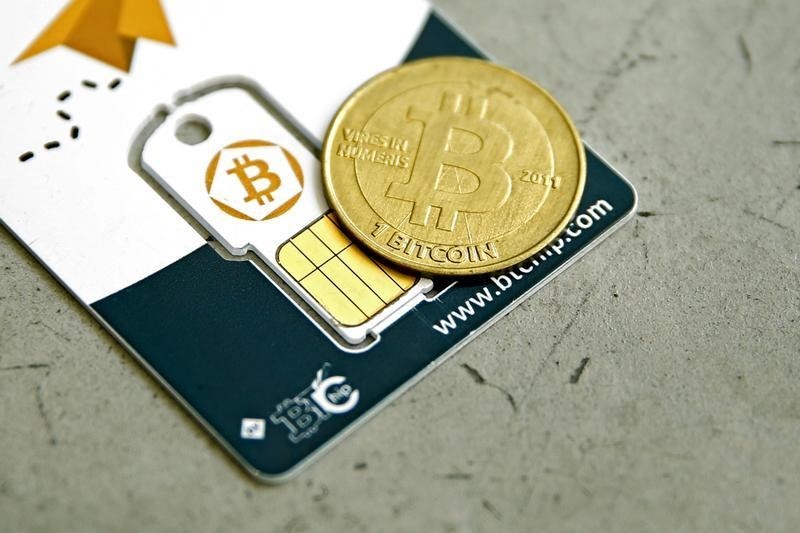This post contains sponsored advertising content. This content is for informational purposes only and is not intended to be investing advice.
Proof-of-work (PoW) is the underlying consensus mechanism that secures many cryptocurrency networks, including Bitcoin (CRYPTO: BTC) and, for now, Ethereum (CRYPTO: ETH).
ETH, however, is reportedly transitioning to the now dominant proof-of-stake (PoS). Many believe PoW to be outdated and destined for replacement. Is this the case?
PoW, at its core, requires participants in the network to expend real-world resources – time, electricity, and hardware costs.
This means there is a prohibitive cost to malicious actors. In the case of the Bitcoin network, a single party would need 51% of the total computing power of the global network to cheat the system, a task that remains, for all intents and purposes, impossible.
PoW is by far the most tested mechanism and has, thus far, been exceedingly successful in delivering on its mandate. However, it’s come under fire lately for the very reason it works so well: It requires a significant amount of energy. Estimates for the network’s yearly electricity usage put it on par with many small countries. According to The New York Times, mining a single Bitcoin uses the same amount of energy as an average U.S. household uses in nine years.
Many believe PoW to be unnecessarily energy-intensive and damaging to the environment. Proponents, however, argue that these stats are misleading for several reasons. They point to the energy consumption of traditional financial structures. The modern banking system uses about twice the energy of the Bitcoin network, according to the research firm Galaxy Digital. So does the gold mining industry.
Perhaps most critically, mining Bitcoin can use so-called “stranded” energy assets, meaning energy that would otherwise go to waste can be captured. Exxon Mobil Corp (NYSE: NYSE:XOM), for instance, is testing a pilot program in which gas that would otherwise be burned off – wasted – will be used to power Bitcoin mining rigs.
Environmental concerns aside, proponents point to another advantage they believe PoW has over systems like PoS: fair distribution. With PoW, new coins, and therefore their distribution, is driven by the market. It is decentralized and uncontrolled. By contrast, PoS projects start with centralized entities having control over how coins are distributed, leading, at times, to fraud.
The ultimate fate of PoW versus other consensus mechanisms remains to be seen, but as of today, many projects continue to use the technology. Seasonal Tokens, for instance, has built its unique system on the back of PoW, believing in its virtues.
The project reports that it offers the tokens — Summer (CRYPTO: SUMMER), Autumn (CRYPTO: AUTUMN), Winter (CRYPTO: WINTER) and Spring (CRYPTO: SPRING) — meaning they are secured by a parent blockchain, in this case, Ethereum. At the same time, however, using its technology, the tokens can be mined as if they had their own blockchain. This means the distribution should be fair and the risk of fraud is mitigated.
If you’re interested in learning more check out https://seasonaltokens.org/.
This post contains sponsored advertising content. This content is for informational purposes only and is not intended to be investing advice.
Photo by Tim Foster on Unsplash
© 2022 Benzinga.com. Benzinga does not provide investment advice. All rights reserved.
